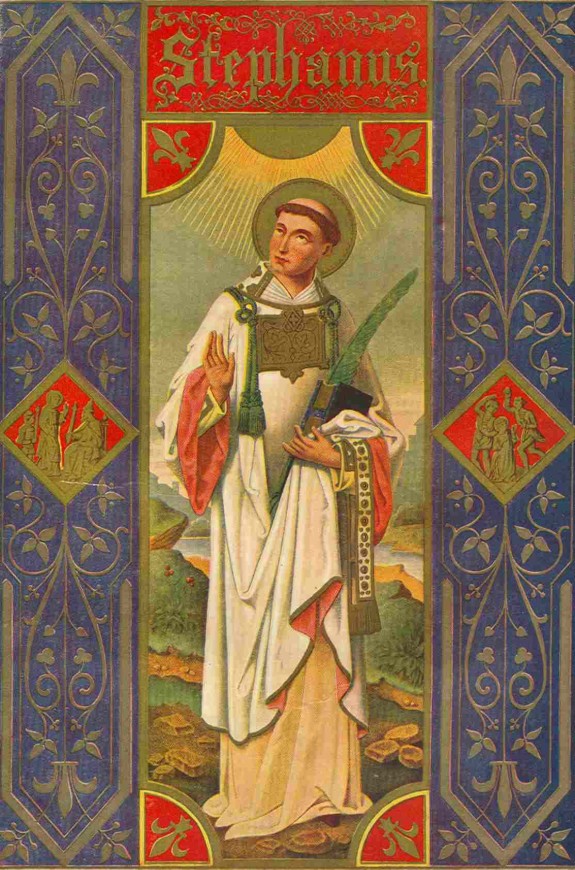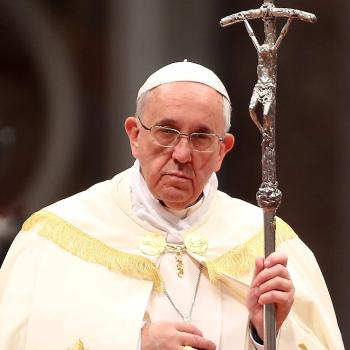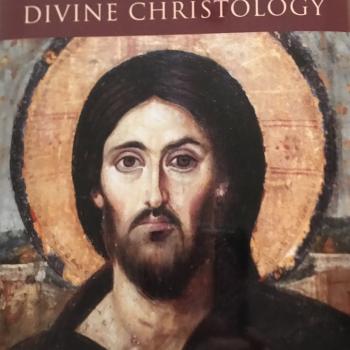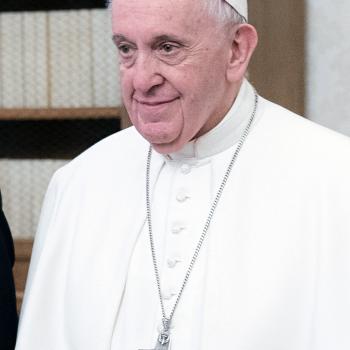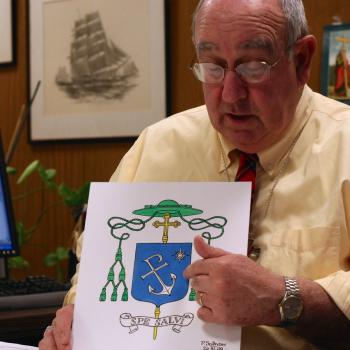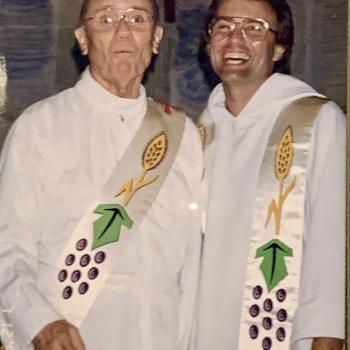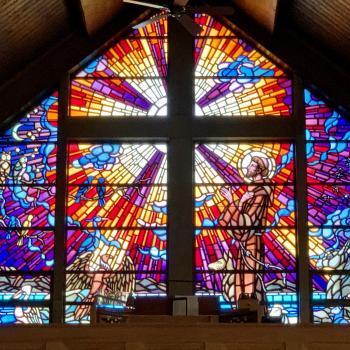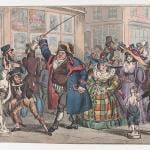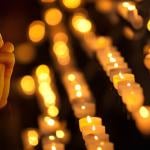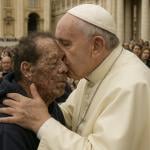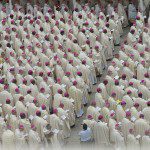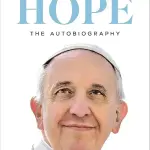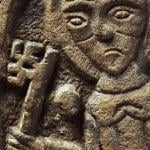Deacon Keith Fournier takes special note of the first feast we celebrate after Christmas — St. Stephen, on December 26th — and quotes a sermon by St. Fulgentius of Ruspe:
Yesterday we celebrated the birth in time of our eternal King. Today we celebrate the triumphant suffering of his soldier.Yesterday our king, clothed in his robe of flesh, left his place in the virgin\’s womb and graciously visited the world. Today his soldier leaves the tabernacle of his body and goes triumphantly to heaven.
Deacon Fournier then turns to the vocation we share:
St Stephen was not only the first Martyr, but he was a Deacon…
..Deacons have a vital role to serve in what is now called the New Evangelization of the Church. They are to be an icon of Christ the Servant, in word and deed. They are called to live life in the \”real world\”, but live a life that is not \”of this world\”. (See, e.g. Romans 12:2, 1 John 2: 15 – 17)
They are to be a witness of the Church, the \”new world\” – to use a term loved by the early fathers – and thus a a seed of the kingdom to come. They are called to live as leaven in the loaf of human culture, elevating it from within.
Deacons go from the altar and the ambo into the street. As a result of their experiences, they are often good homilists. Church history recounts the great homilies of Deacons such as Ephrem, the \”harp of the Holy Spirit\” and others. Then there are the deacon martyrs, including Stephen and Lawrence and so many others. Their act of sacrificial love continues to inspire the whole church as a perpetual homily!..
…The diaconate has a rich history. During the Church\’s first five centuries, this ministry flourished everywhere. But for various reasons, the order declined in the West as a distinct rank of clerical service, and eventually disappeared. It was relegated to a \”transitional\” order given to candidates on their way to priestly ordination. In the Eastern Church, the diaconate remained a part of the permanent rank of sacred orders without interruption from the time of the Apostles until now.
The Council of Trent (1545-63) called for the restoration of the permanent diaconate for the entire Church. But it was not until the Second Vatican Council, four centuries later, that this direction was implemented. The Council Fathers explicitly stated their purpose as threefold: to enhance the Church, to strengthen with sacred orders those men already engaged in diaconal functions, and to provide assistance to areas suffering clerical shortages.
According to \”The Directory for the Ministry and Life of Permanent Deacons,\” issued jointly by the Congregation for Catholic Education and the Congregation for the Clergy, the deacon is \”a sacred minister and member of the hierarchy.\” He is ordained to the first rank of sacred orders, not to the priesthood or the episcopacy. He is no longer a layman, but a member of the clergy…
…They are called to link their love for the Lord and His Church to a love for the Blessed Virgin Mary, who in her \”Fiat\” represents the full surrender of love to the invitation of God. Since most deacons are married and have children, they are called to demonstrate the grace of the Sacrament of Marriage and the holiness of a consecrated family life. They are called to \”give clear witness to the sanctity of marriage and family.\”
Deacon Fournier has much more at the link about the history and ministry of the diaconate. Read it all.
St. Stephen, pray for us!
FOOTNOTE: A deacon friend just reminded me of this excellent primer on the diaconate at the USCCB website. It includes FAQs about the vocation. Check it out. And to all my brother deacons, Happy Feast Day!

